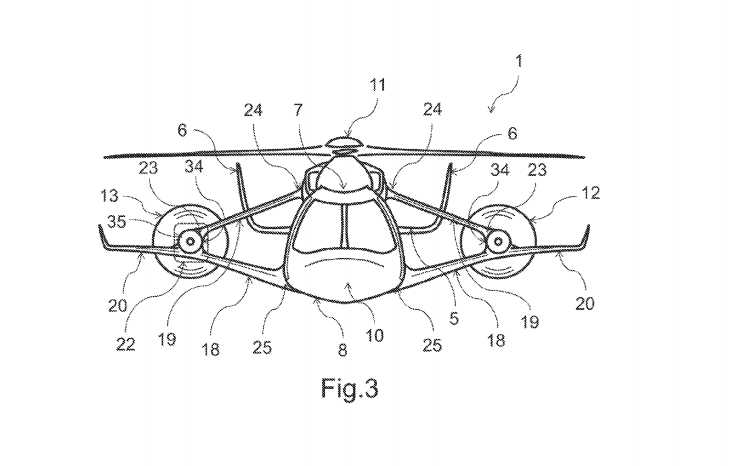Airbus X3: World's fastest helicopter with hybrid design could revolutionise air travel
Airbus has filed a patent update to its experimental hybrid X3 helicopter — the world's fastest chopper that can soar through the skies at speeds of 293mph by using innovative aeroplane-like, wing-mounted propellers.
The aerospace manufacturer has been secretly working on its high-speed hybrid helicopter X3 design for years, which was previously known as the Eurocopter X3 with its first flight taking place back in 2010. What makes this aircraft so special is its revolutionary compound design that uses a traditional main rotor for vertical take-off but also wing propellers you'd see on an aeroplane. Once airborne it can fire up the wing rotors, flying like an aeroplane to offer unprecedented forward thrust not seen on a helicopter.
In test flights it was able to hit record-breaking 293mph (472km/h) speeds. The current highest-speed of a modern helicopters range from 150-160mph, so if this project gets off the ground it would be a revolutionary evolution for aviation technology.
This newly filed patent looks to update to its design by placing the motors behind the wings rather than at the front "which results in comfort by reducing noise and vibrations and increased passenger safety" according to the patent granted by the US Patent and Trademark Office. It also goes on to say that the new propeller positions will help increase the amount of lift and offer "considerable advantages" for aerodynamics.

The X3, interestingly doesn't feature a tail rotor like every other helicopter. Instead, the wing-mounted propellers are able to counter the torque of the main rotor to stabilise the aircraft and to turn. The motors for the wing propeller are expected to be powered by twin Rolls-Royce engines with each producing 2,270 shaft horsepower.
Further to this, the patent also indicates future designs could feature turbojet engines, meaning the X3 could theoretically fly much faster than the 293mph it currently can travel.
Having a chopper that can hit high-speeds for long distances could be a huge advantage for military missions and medical evacuations as well as changing the landscape for business travel. However, the X3 is still well and truly in the developmental stage and as to when we might actually see these flying through the skies is still unknown.
© Copyright IBTimes 2025. All rights reserved.






















